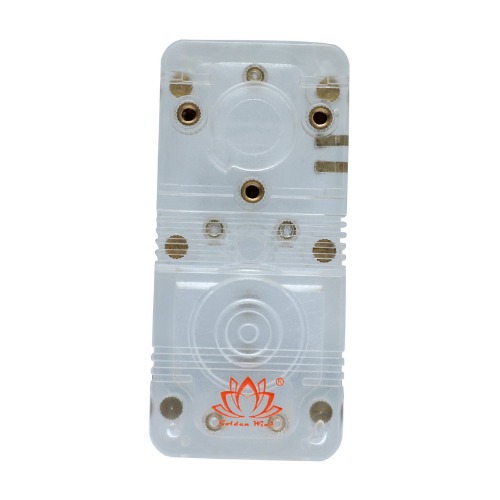The working principle of a Temperature Monitor Instrument, commonly known as a temperature monitor or thermometer, is based on the principles of thermal expansion and electrical resistance or thermocouple effects. Temperature monitors are used to measure and display the temperature of a given object or environment accurately.
Here's how the working principle of a temperature monitor typically functions:
Thermal Expansion (for Liquid-in-Glass Thermometers):
Thermal expansion refers to the tendency of materials to change their dimensions in response to changes in temperature. When a material is heated, its particles gain kinetic energy and move more vigorously, causing the material to expand. Conversely, when the material is cooled, the particles lose kinetic energy and move less, leading to contraction or shrinkage.In liquid-in-glass thermometers, a small amount of liquid (usually mercury or alcohol) is contained in a sealed glass tube with a calibrated scale.As the temperature changes, the liquid expands or contracts due to thermal expansion or contraction. This causes the liquid level to rise or fall within the glass tube.The calibrated scale on the thermometer allows users to read the corresponding temperature value based on the position of the liquid level.
Electrical Resistance (for Resistance Temperature Detectors - RTDs):
RTDs are temperature sensors made of pure metals like platinum or nickel, whose electrical resistance changes with temperature.As the temperature increases, the electrical resistance of the metal in the RTD also increases in a predictable and repeatable manner.The temperature monitor sends a small electrical current through the RTD and measures the resistance. The monitor then converts this resistance value into a corresponding temperature reading.
Thermocouple Effect (for Thermocouples):
Thermocouples are temperature sensors consisting of two dissimilar metals joined together at one end to form a junction.When there is a temperature difference between the junction and the other end (the reference or cold junction), it generates a small electrical voltage called a thermoelectric voltage or electromotive force (EMF).The temperature monitor measures this thermoelectric voltage and, with the help of a reference table or mathematical relationship, converts it into a corresponding temperature reading.
Digital Signal Processing and Display:
Modern temperature monitors use microprocessors and digital signal processing to accurately process the signals received from the temperature sensor (liquid-in-glass, RTD, or thermocouple).The processed temperature data is then displayed on a digital screen, indicating the current temperature reading in the chosen unit (Celsius, Fahrenheit, etc.)



 English
English Español
Español

